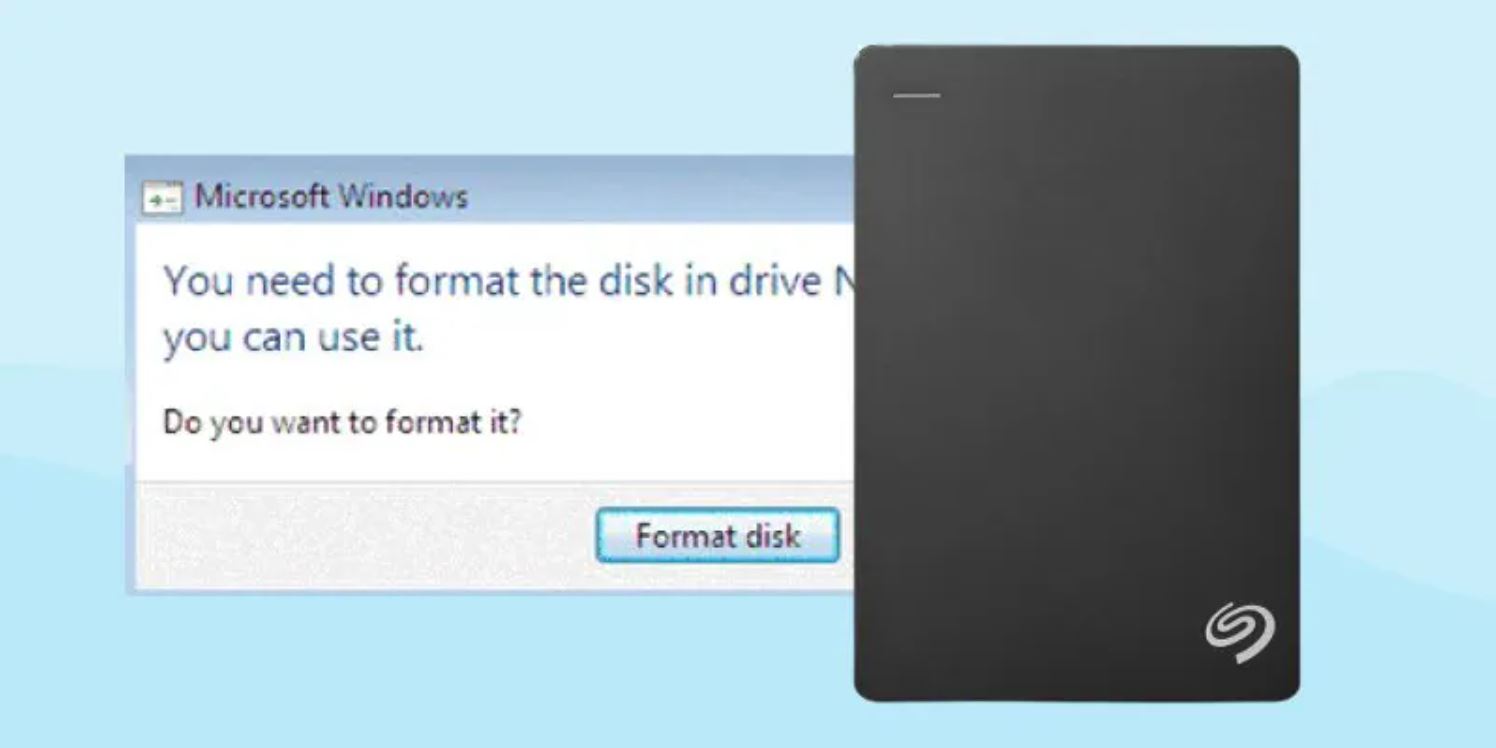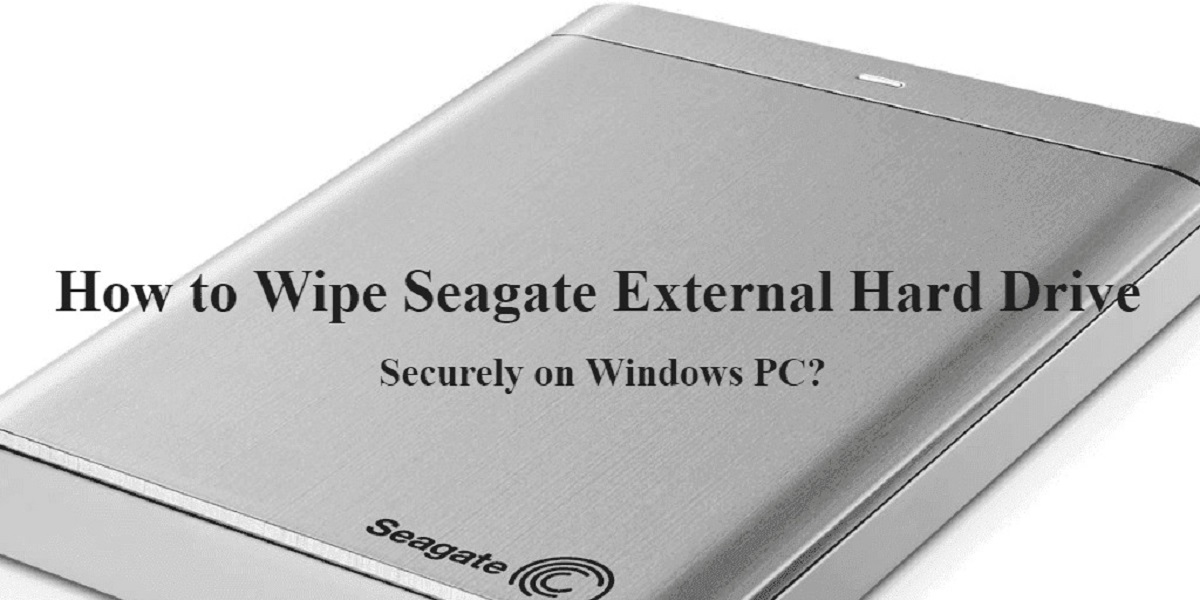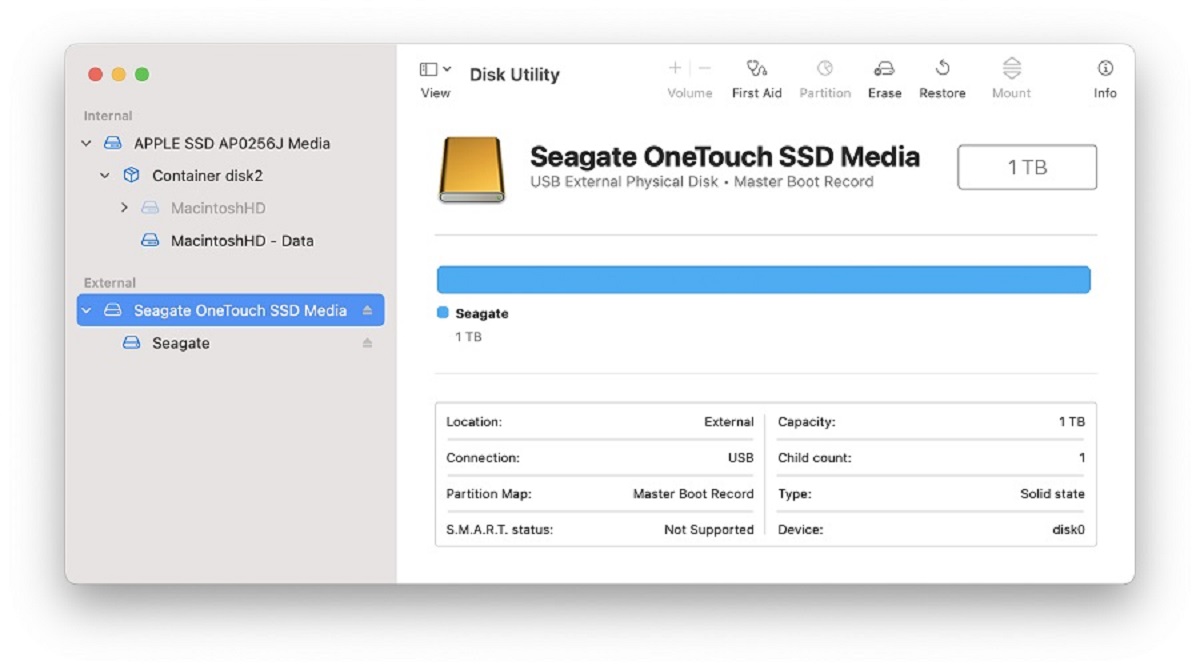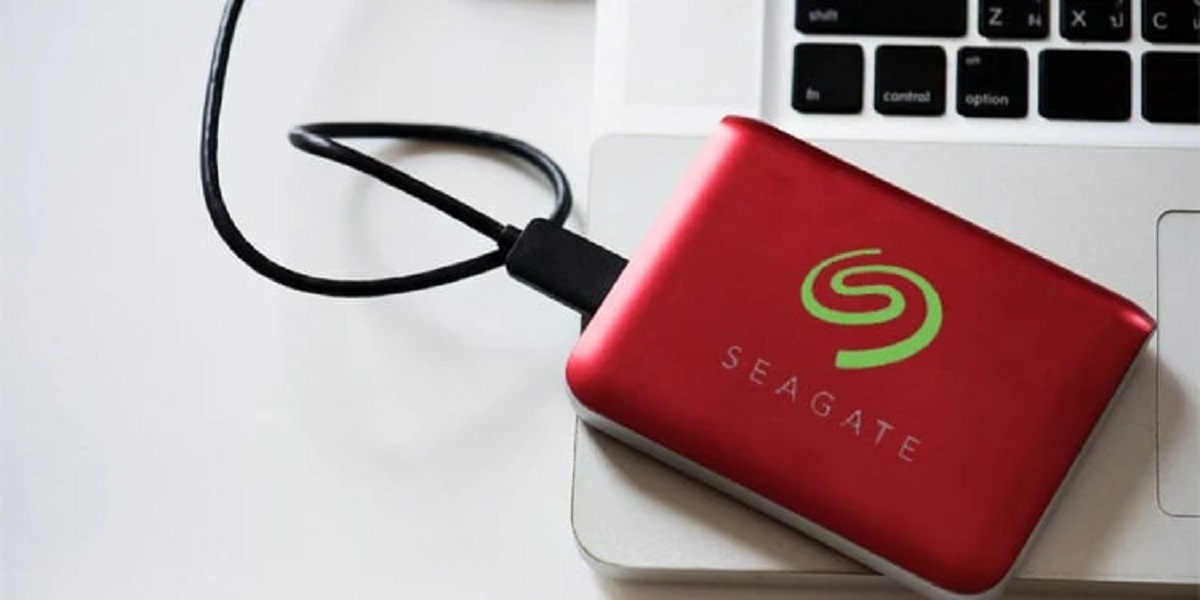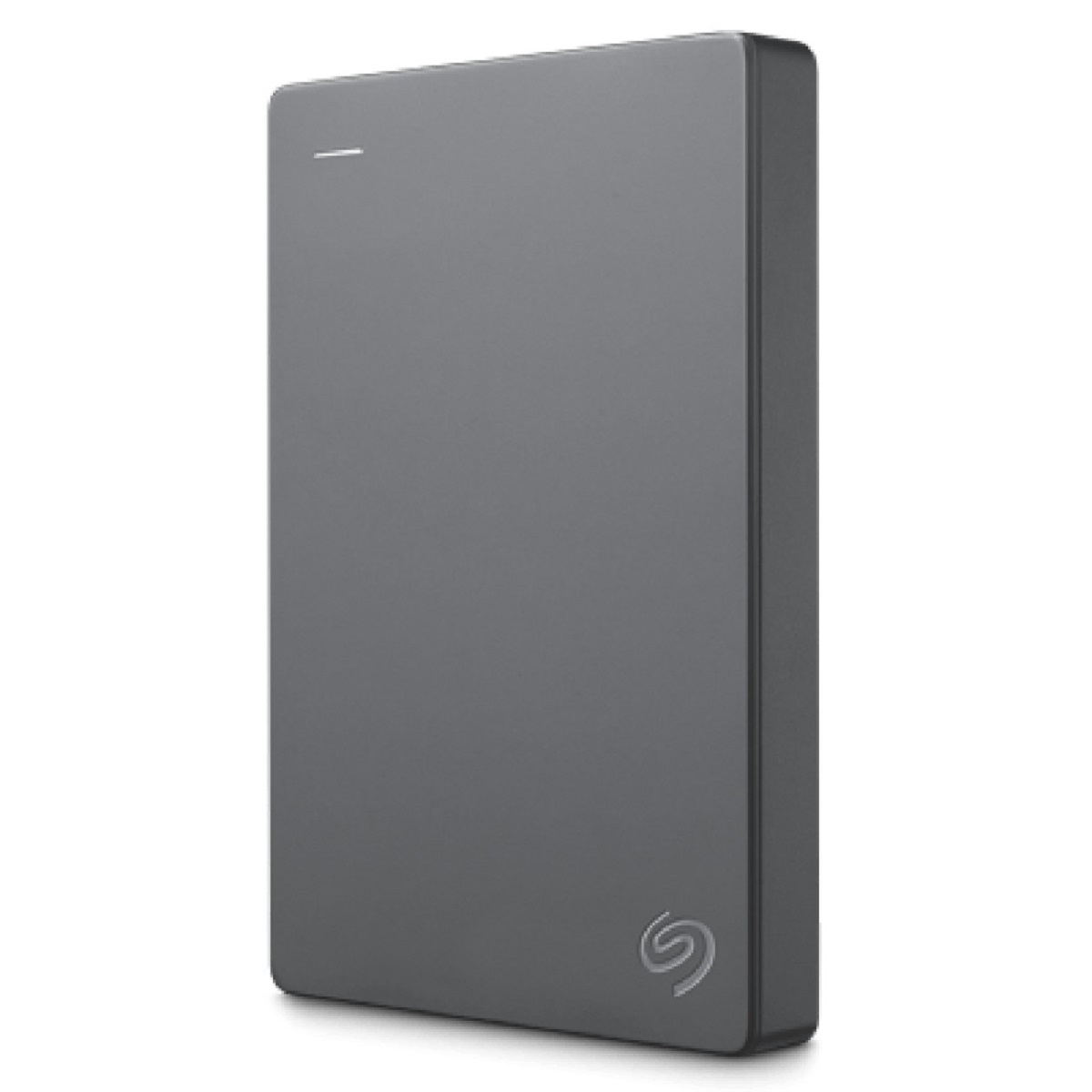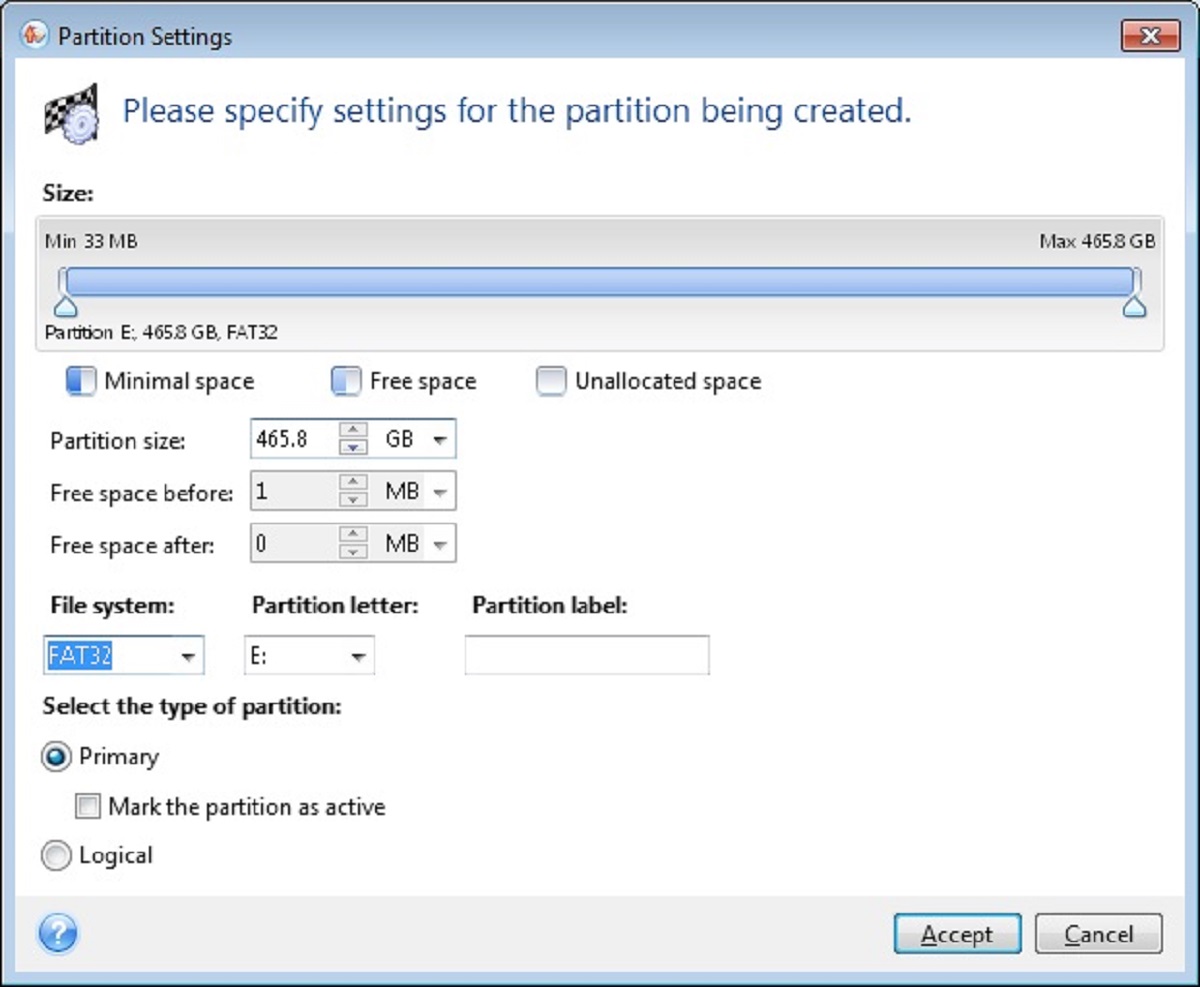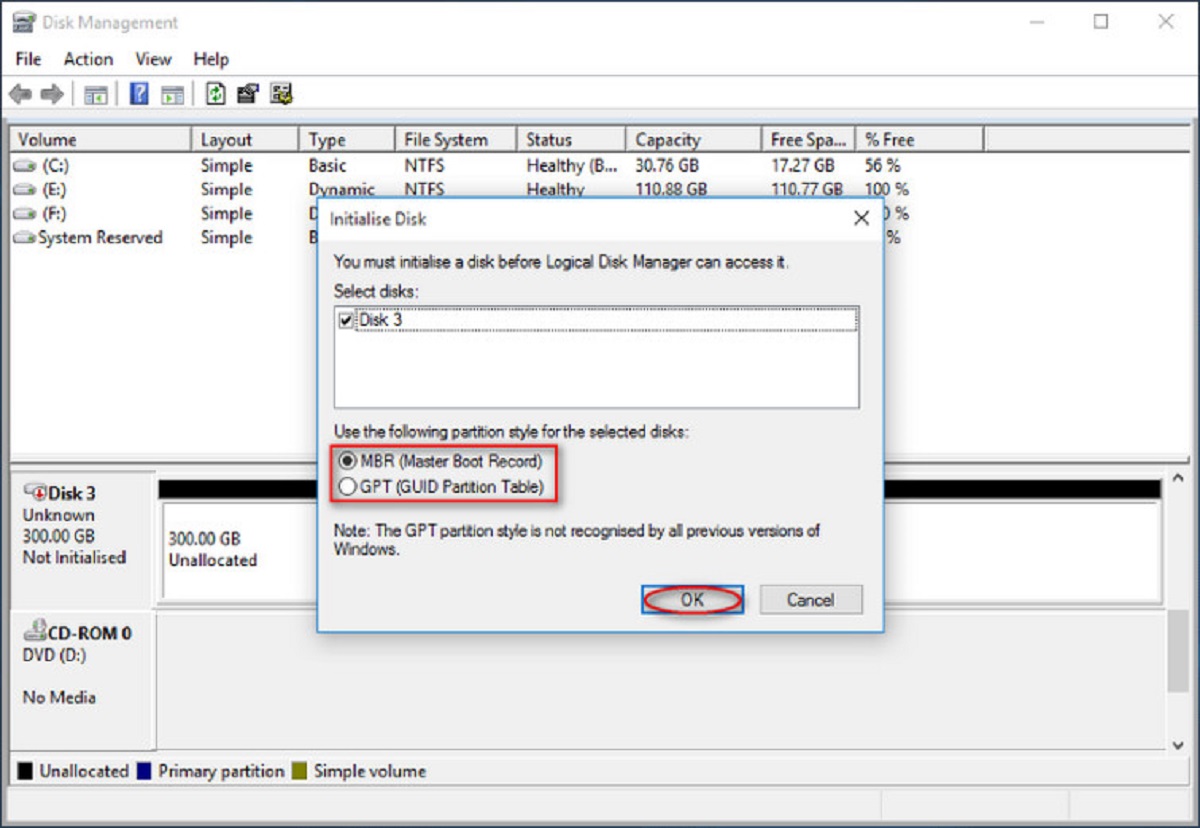Introduction
Welcome to this guide on how to format your Seagate external hard drive. Formatting your external hard drive is a crucial step to ensure that it is properly set up and ready to use. Whether you are using a Windows or macOS operating system, the process may differ slightly, but this guide will provide you with step-by-step instructions for both platforms.
Formatting a Seagate external hard drive is necessary when you want to erase all the data on the drive, reconfigure it to a different file system, or troubleshoot any issues you might be facing. By formatting your Seagate external hard drive, you can optimize its performance and ensure compatibility with your operating system.
Before proceeding with the formatting process, it’s important to note that formatting will erase all the data on the drive. Therefore, make sure to backup any important files or documents you have on the external hard drive to avoid data loss.
In this guide, we will cover the steps for both Windows and macOS operating systems, as well as provide troubleshooting tips for common issues you may encounter.
So, let’s get started and learn how to format your Seagate external hard drive on both Windows and macOS!
Step 1: Connect the Seagate External Hard Drive
The first step in formatting your Seagate external hard drive is to ensure that it is properly connected to your computer. Follow these simple steps:
- Locate the USB port on your computer. It is usually found on the side or the back of the CPU for desktop computers, or on the side of the laptop.
- Take the USB cable that came with your Seagate external hard drive, and plug one end into the USB port on your computer.
- Connect the other end of the USB cable to the appropriate port on your Seagate external hard drive. The port is usually labeled as “USB” or “Data”.
- Ensure that the connection is secure by gently tugging on the cable. It should not come loose or disconnect easily.
- If your Seagate external hard drive requires external power, connect the power adapter to a power source and plug it into the power port on your external hard drive.
- Once the connections are made, you will usually hear a sound or see a notification on your computer indicating that a new device has been connected.
Now that your Seagate external hard drive is properly connected to your computer, you are ready to proceed to the next steps. In the following sections, we will guide you through the specific instructions for formatting your Seagate external hard drive on both Windows and macOS.
Step 2: Access the Seagate External Hard Drive on Windows
Before you can format your Seagate external hard drive on Windows, you need to access it through your computer’s File Explorer. Follow these steps to access the external hard drive:
- Open the File Explorer on your Windows computer. You can do this by clicking on the “File Explorer” icon in the taskbar or by pressing the “Windows + E” keys on your keyboard.
- In the left sidebar of the File Explorer, you will find a list of drives and devices. Look for the section labeled “This PC” or “Computer”.
- Under the “This PC” section, you should see a list of all the drives connected to your computer. Look for the Seagate external hard drive, which is usually labeled with the brand name or a generic name like “External Drive” or “Removable Disk”. The drive letter assigned to the external hard drive may vary.
- Once you locate the Seagate external hard drive, double-click on it to open it and access the files and folders stored on it. You can now view, copy, or delete files as needed.
If you are unable to locate the Seagate external hard drive in the File Explorer, try the following troubleshooting steps:
- Ensure that the external hard drive is properly connected to your computer and powered on.
- Check if the drive appears in the Disk Management tool. To access Disk Management, right-click on the “Start” button, select “Disk Management” from the menu, and look for the external hard drive in the list of disks.
- If the drive appears in Disk Management but is not assigned a drive letter, right-click on the drive, select “Change Drive Letter and Paths”, and assign a new drive letter.
- If the drive is still not visible, try connecting it to a different USB port on your computer or use a different USB cable.
- If none of these troubleshooting steps work, there may be an issue with the hard drive itself. Consider seeking professional assistance or contacting Seagate support for further guidance.
Once you have successfully accessed the Seagate external hard drive on Windows, you are ready to move on to the next step of formatting it.
Step 3: Format the Seagate External Hard Drive on Windows
Once you have accessed the Seagate external hard drive on Windows, you can proceed with formatting it. Formatting will erase all the data on the drive, so make sure to back up any important files before proceeding. Follow these steps to format your Seagate external hard drive:
- Right-click on the Seagate external hard drive icon in the File Explorer, and select “Format” from the context menu. This will open the Format dialog box.
- In the Format dialog box, you will see various options for formatting the drive. You can choose the file system to format the drive as, such as NTFS or exFAT. NTFS is recommended for Windows computers, while exFAT offers compatibility with both Windows and macOS.
- Choose a volume label for the drive. This is the name that will be displayed when the drive is connected to a computer.
- Under the “Allocation unit size” section, you can select the allocation size for the drive. It is recommended to leave it as the default option unless you have specific requirements.
- Check the box next to “Perform a quick format” if you want to speed up the formatting process. However, if you want to thoroughly erase the drive and check for bad sectors, leave the box unchecked.
- Double-check all the settings to ensure they are correct, and then click the “Start” button to begin the formatting process.
- A warning message will appear, notifying you that all data on the drive will be deleted. Confirm the action by clicking “OK”.
- The formatting process will now begin. It may take some time, depending on the size of the drive and the formatting options you selected.
- Once the formatting process is complete, you will see a message indicating the process is finished. Click “OK” to close the dialog box.
After formatting, your Seagate external hard drive is now ready to be used. You can start transferring files to it or use it for backup purposes.
If you encounter any issues during the formatting process or if the format option is not available for selection, try the following troubleshooting steps:
- Ensure that you have administrative privileges on your Windows computer, as formatting a drive requires administrative rights.
- Check if the drive is locked or write-protected. Some external hard drives have a physical switch or a software setting that prevents formatting. Make sure the drive is unlocked or remove the write protection if necessary.
- Try using a different USB port on your computer or a different USB cable.
- If the issue persists, you may need to update the drivers for the USB ports on your computer or seek further assistance from Seagate support.
Once you have successfully formatted the Seagate external hard drive on Windows, you can proceed to the next steps for accessing and formatting the drive on macOS if needed.
Step 4: Access the Seagate External Hard Drive on macOS
If you are using a macOS operating system, accessing your Seagate external hard drive is slightly different than on Windows. Follow these steps to access your external hard drive on macOS:
- Connect your Seagate external hard drive to your Mac using the appropriate USB cable.
- Once the drive is connected, you will usually see an icon for the Seagate external hard drive appear on your desktop or in the Finder sidebar.
- If the drive icon does not appear on the desktop or in the Finder sidebar, you can manually access it through the Finder:
- Click on the “Finder” icon in the Dock to open a new Finder window.
- In the left sidebar of the Finder window, you will see a list of locations. Look for the section labeled “Devices” and find the Seagate external hard drive icon.
- Click on the Seagate external hard drive icon to access its contents.
If you are unable to see the Seagate external hard drive icon in the Finder or on the desktop, try the following troubleshooting steps:
- Ensure that the external hard drive is properly connected to your Mac and powered on.
- Check if the drive appears in the Disk Utility tool. To access Disk Utility, go to “Applications” > “Utilities” > “Disk Utility” and look for the external hard drive in the left sidebar.
- If the drive appears in Disk Utility but is not mounted, select the drive and click on the “Mount” button in the toolbar.
- If the drive is still not visible, try connecting it to a different USB port on your Mac or use a different USB cable.
- If none of these troubleshooting steps work, there may be an issue with the hard drive itself. Consider seeking professional assistance or contacting Seagate support for further guidance.
Once you have successfully accessed the Seagate external hard drive on macOS, you can proceed to the next step of formatting it, which we will cover in the following section.
Step 5: Format the Seagate External Hard Drive on macOS
Formatting your Seagate external hard drive on macOS is slightly different than on Windows. To format the drive on your Mac, follow these steps:
- Make sure you have accessed the Seagate external hard drive on your Mac, as described in the previous step.
- Click on the “Finder” icon in the Dock to open a Finder window.
- In the menu bar at the top of the screen, click on “Go” and then select “Utilities” from the dropdown menu. This will open the Utilities folder.
- In the Utilities folder, double-click on “Disk Utility” to launch the Disk Utility application.
- In the Disk Utility window, you will see a list of drives and volumes on the left sidebar. Locate your Seagate external hard drive in the list and select it.
- Click on the “Erase” tab at the top of the Disk Utility window. This will open the Erase options for the selected drive.
- Choose the desired file system format for your Seagate external hard drive. macOS typically uses the Mac OS Extended (Journaled) format, but you can also choose ExFAT for compatibility with both macOS and Windows.
- Enter a name for the drive in the “Name” field. This will be the name displayed for the drive when it is connected to your Mac.
- Double-check all the settings to ensure they are correct, and then click the “Erase” button to begin the formatting process.
- A warning message will appear, notifying you that all data on the drive will be deleted. Confirm the action by clicking “Erase”.
- The formatting process will now begin. It may take some time, depending on the size of the drive and the formatting options you selected.
- Once the formatting process is complete, you will see a notification indicating the process is finished.
After formatting is complete, your Seagate external hard drive is ready to be used on your Mac. You can start transferring files to it or use it for backup purposes.
If you encounter any issues during the formatting process or if the erase option is not available, try the following troubleshooting steps:
- Ensure that you have the necessary permissions to format the drive. You may need to log in with an administrative account or contact your system administrator.
- Verify that the drive is not locked or write-protected. Some external hard drives have physical switches or software settings that prevent formatting. Make sure the drive is unlocked or remove the write protection if necessary.
- If the issue persists, you may need to update your macOS or seek further assistance from Seagate support.
With your Seagate external hard drive successfully formatted on macOS, you can now enjoy using it for your storage needs.
Step 6: Troubleshooting Common Issues
While formatting your Seagate external hard drive, you may encounter some common issues. Here are a few troubleshooting tips to help you resolve them:
- Issue: External hard drive not recognized: If your Seagate external hard drive is not recognized by your computer, make sure it is properly connected and powered on. Try connecting it to a different USB port on your computer or using a different USB cable. You can also check if the drive appears in the Disk Management tool on Windows or the Disk Utility tool on macOS.
- Issue: Drive not appearing in File Explorer or Finder: If you are unable to see the Seagate external hard drive in your File Explorer (on Windows) or Finder (on macOS), try rebooting your computer and reconnecting the drive. Additionally, check if the drive is locked or write-protected. Try accessing it through the Disk Management tool (Windows) or Disk Utility (macOS) to troubleshoot further.
- Issue: Format option not available: If you are unable to find the format option for your Seagate external hard drive, check if you have administrative privileges on your computer. Formatting a drive often requires administrative rights. Additionally, ensure that your drive is not locked or write-protected. If the issue persists, try updating the drivers for your USB ports or seek assistance from Seagate support.
- Issue: Slow formatting process: If the formatting process is taking longer than expected, it could be due to the size of the drive or the chosen formatting options. Consider selecting the “Perform a quick format” option (if available) to speed up the process. However, note that a thorough format without this option may be required for certain situations.
- Issue: Error messages during formatting: If you encounter error messages during the formatting process, note down the error details and search for solutions online. It could be a drive-specific issue or a compatibility problem with your operating system. Updating your OS or contacting Seagate support may help resolve the issue.
If you have tried these troubleshooting tips and are still experiencing issues, it is recommended to seek professional assistance or contact Seagate’s customer support for further guidance. They will be able to provide specific solutions based on the nature of the issue and your specific hardware and software configurations.
Remember, formatting your Seagate external hard drive erases all data, so be sure to back up any important files before proceeding with troubleshooting or formatting.
Conclusion
Formatting your Seagate external hard drive is a crucial step in optimizing its performance, ensuring compatibility with your operating system, and resolving potential issues. By following the steps outlined in this guide, you can easily connect, access, and format your Seagate external hard drive on both Windows and macOS.
Remember, before formatting your external hard drive, make sure to back up any important files to avoid data loss. Formatting erases all data on the drive, so it is essential to take precautions to protect your valuable information.
If you encounter any issues during the formatting process, such as the drive not being recognized, not appearing in File Explorer or Finder, or encountering error messages, refer to the troubleshooting section for possible solutions. Additionally, reaching out to Seagate support or seeking professional assistance can help you resolve complex issues.
Once you have successfully formatted your Seagate external hard drive, it is ready for use. You can start transferring files, using it for backup purposes, or organizing your data conveniently on the newly formatted drive.
Remember to handle your external hard drive with care, keep it in a safe and dust-free environment, and regularly back up your important data to ensure its longevity and reliability.
Thank you for following this guide, and we hope it has been helpful in formatting your Seagate external hard drive!







